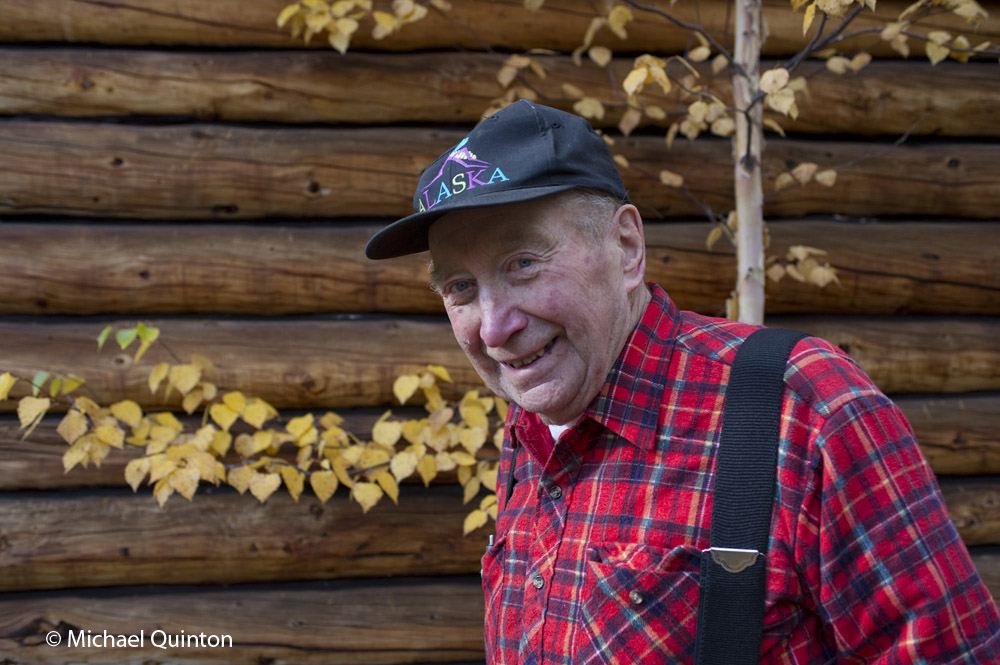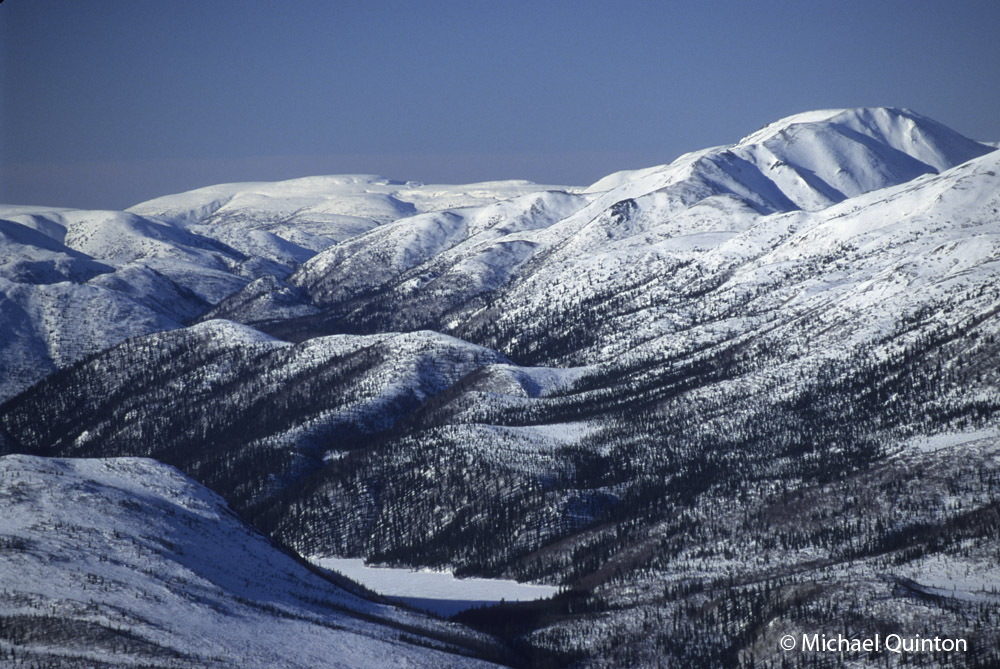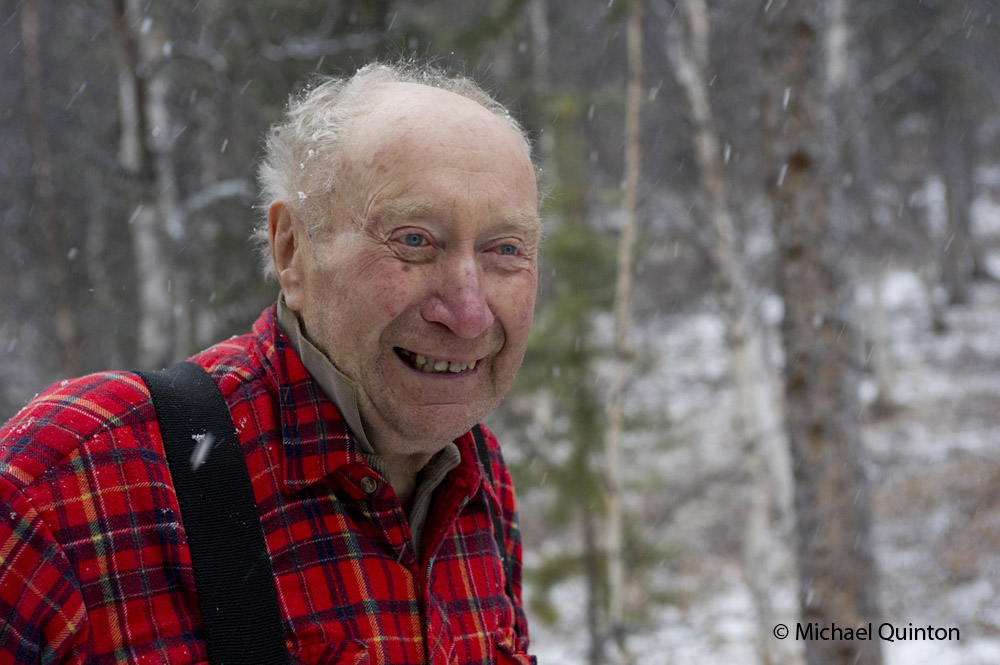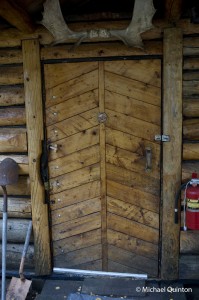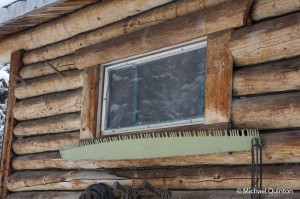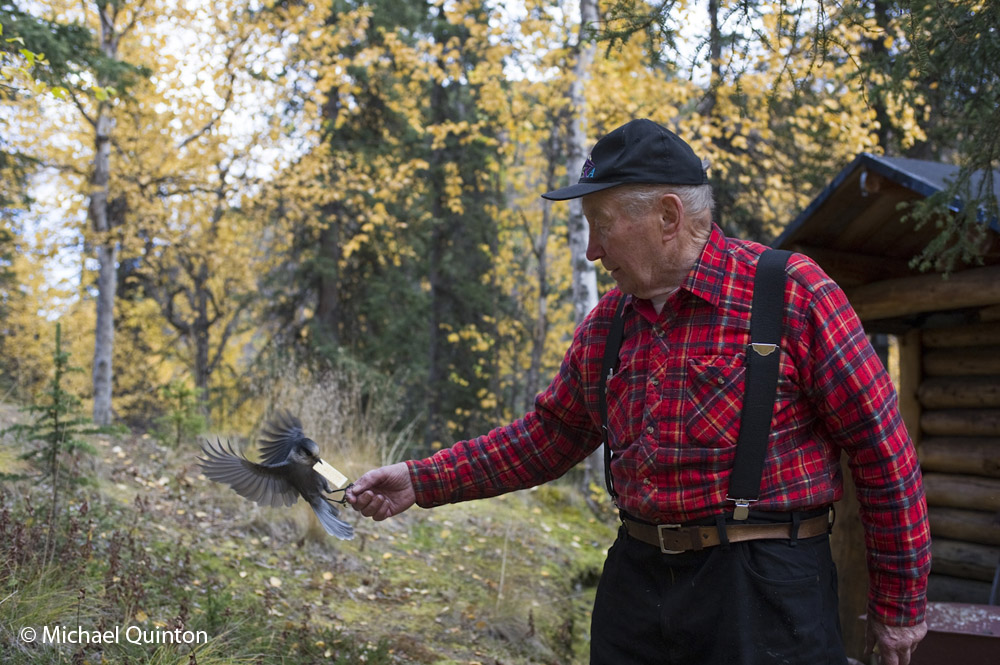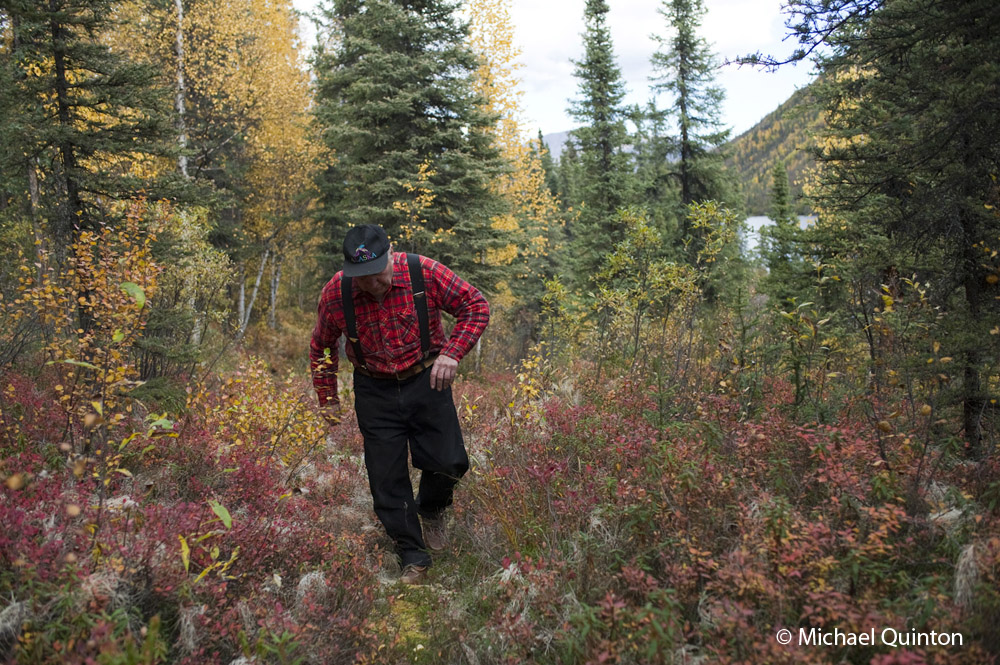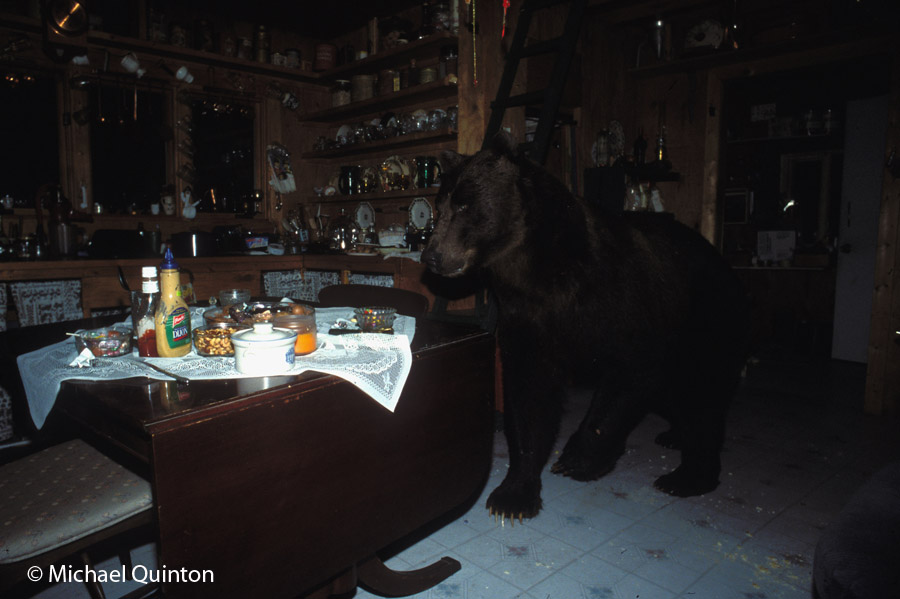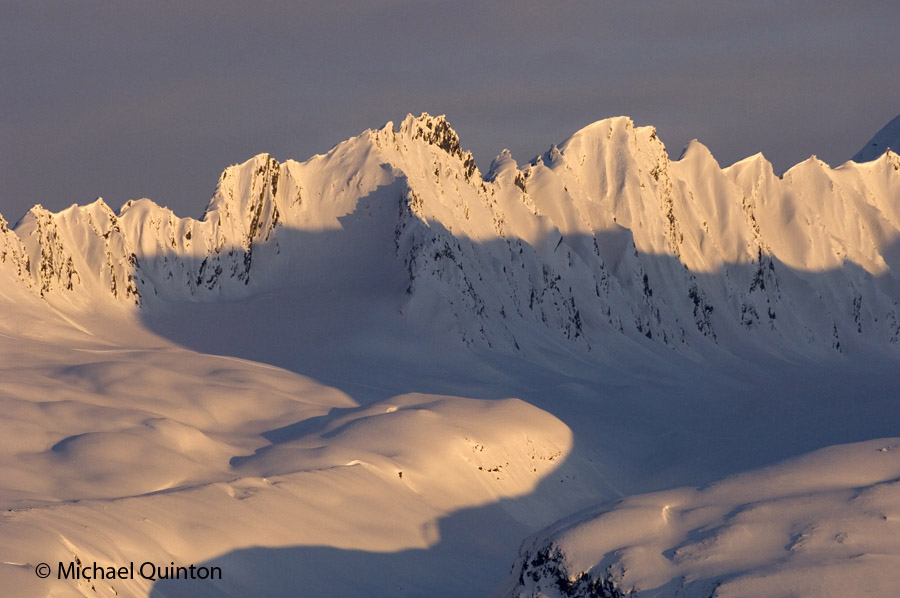Wary of leaving the security of the Slana River, an adult beaver slowly approaches a scent mound. Interrupting an invisible beam, the beaver triggers a digital camera to capture this self portrait.
BEAVER BEHAVIOR
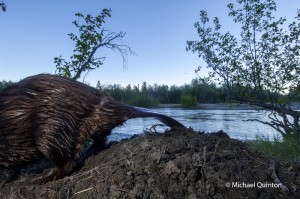 Hauling armloads of mud and moss, beavers continually add to their mounds and frequently add a fresh scent. Bulletin boards for beavers, scent mounds are important features of their territory. And a good place to set up a camera trap I thought. You know, just to see what might pass. Kind of a wildlife selfie station. I pick the place, they pick the time.
Hauling armloads of mud and moss, beavers continually add to their mounds and frequently add a fresh scent. Bulletin boards for beavers, scent mounds are important features of their territory. And a good place to set up a camera trap I thought. You know, just to see what might pass. Kind of a wildlife selfie station. I pick the place, they pick the time.
Once or twice a month this wandering lynx passed the lens.
Over the spring/summer months the camera had several views of this scent mound. To the beavers the camera was part of the scenery. I had nightmares of them chewing on the camera or even pulling the whole camtraption into the river. But they completely ignored it. Beavers sometimes used the mound as a feeding platform or to just sit and chill for a few minutes. A late night surprise, the south end of a northbound grizzly. (below)
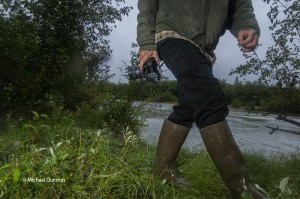 After a couple weeks of rainy weather I arrive at the camera station with a dry Nikon. The set-up is prone to problems. False triggers, battery failure, flash and sensor failure due to moisture, even snowshoe hares chewing cords. The beavers were busy refurbishing an old bare-bones lodge downstream and had all but stopped coming to the scent mound. But I kept the camera station operating. I like unexpected surprises.
After a couple weeks of rainy weather I arrive at the camera station with a dry Nikon. The set-up is prone to problems. False triggers, battery failure, flash and sensor failure due to moisture, even snowshoe hares chewing cords. The beavers were busy refurbishing an old bare-bones lodge downstream and had all but stopped coming to the scent mound. But I kept the camera station operating. I like unexpected surprises.

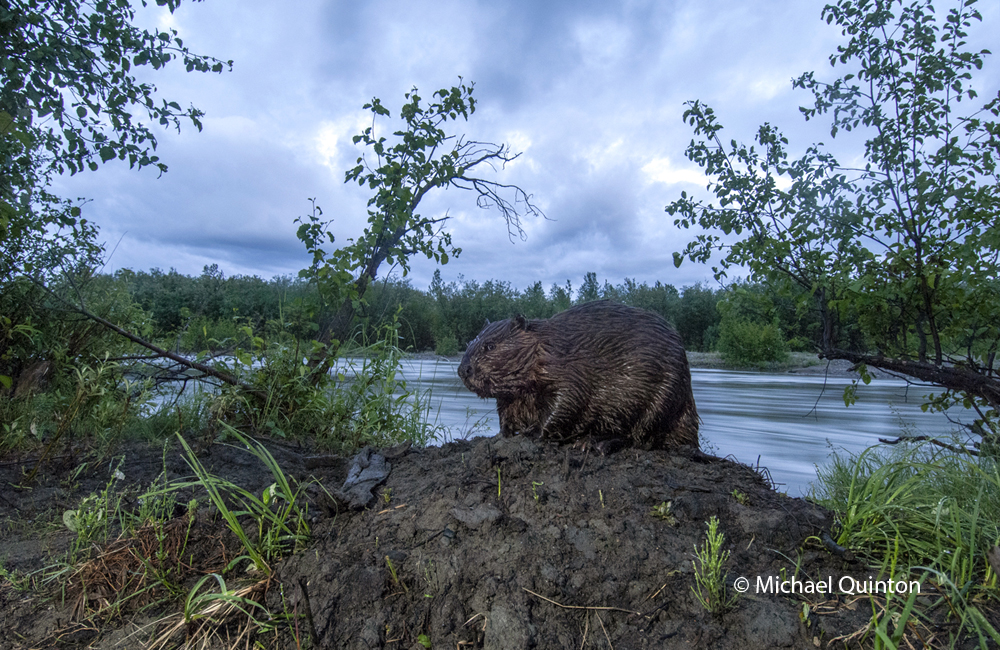
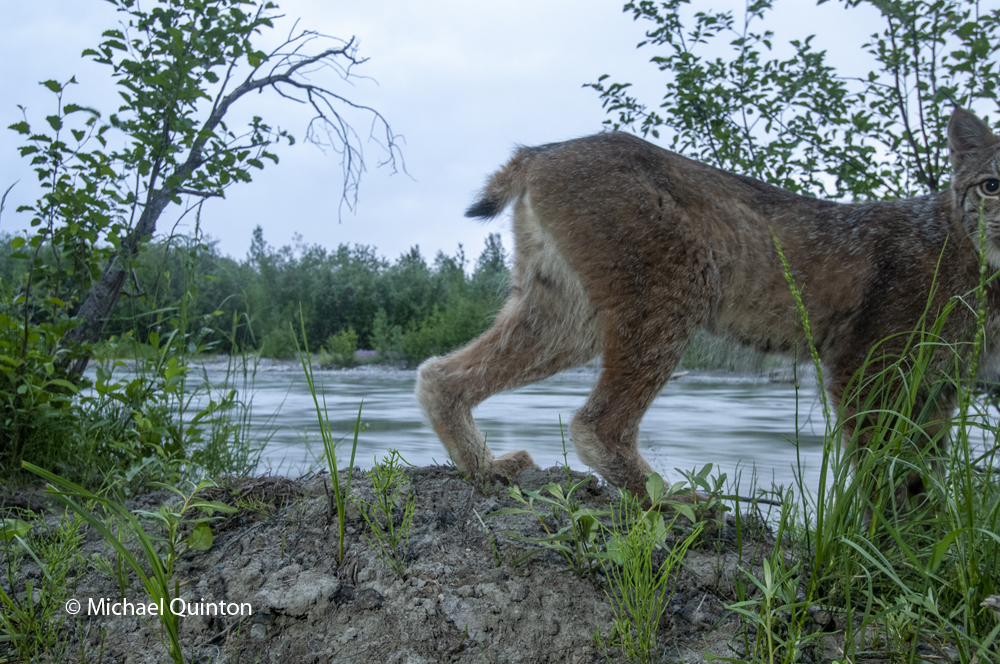
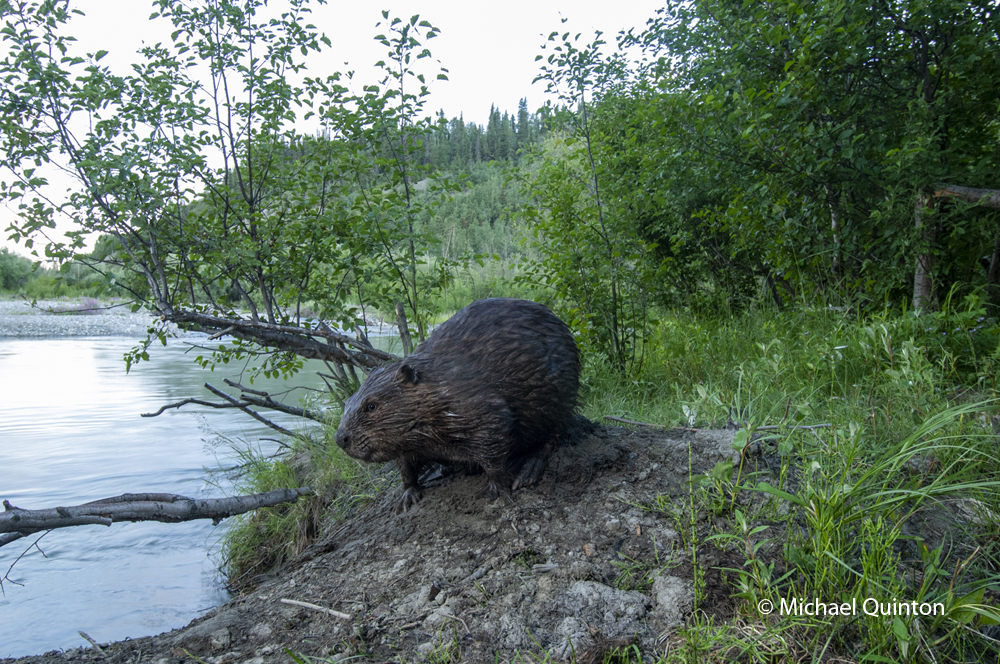


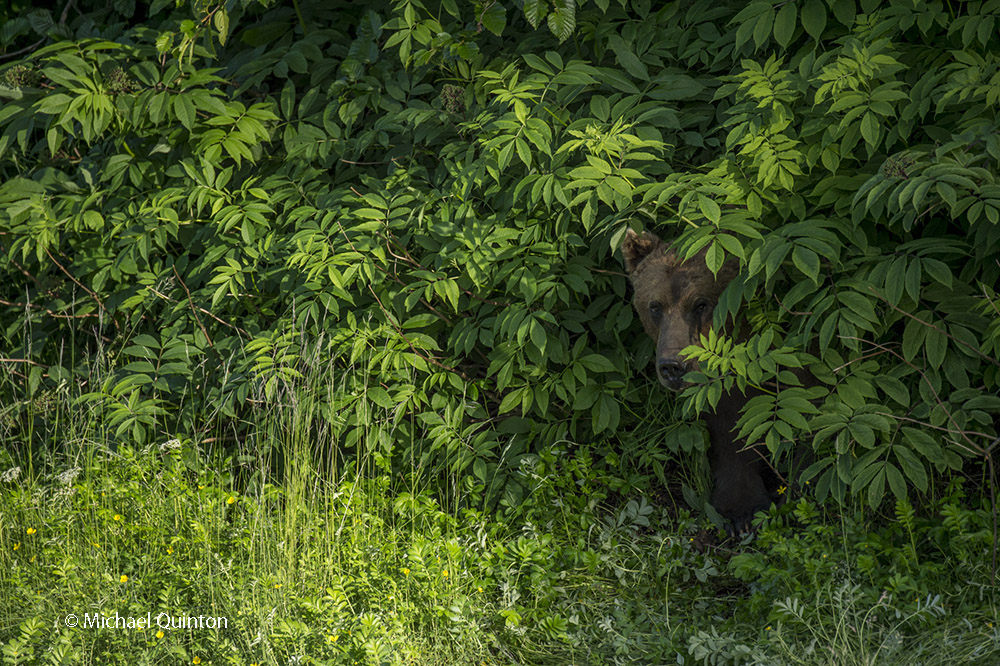
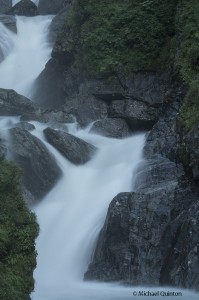
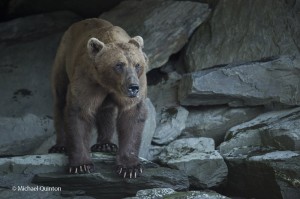
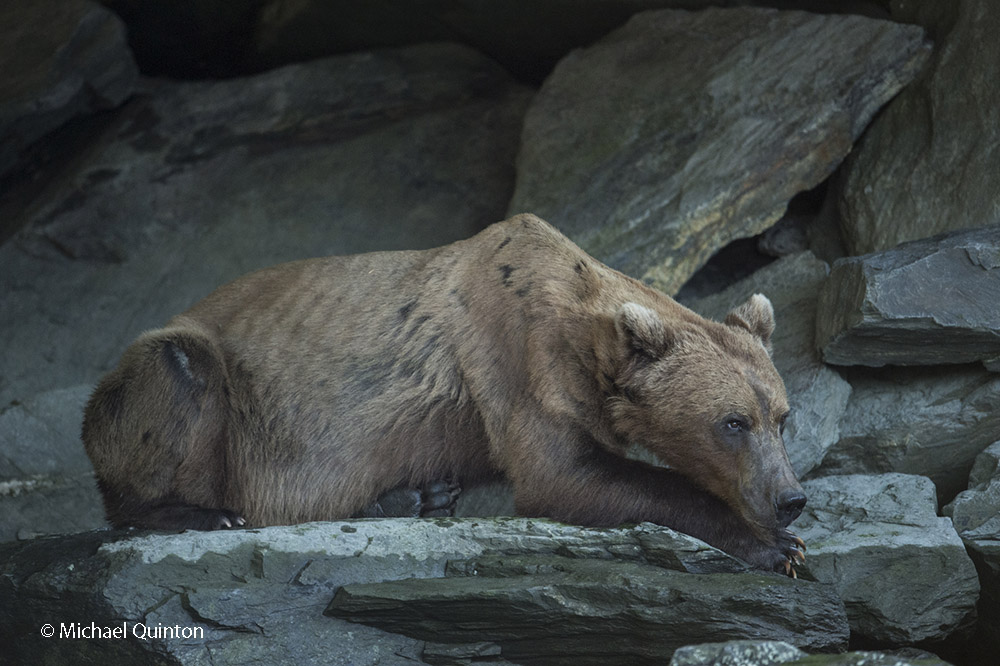
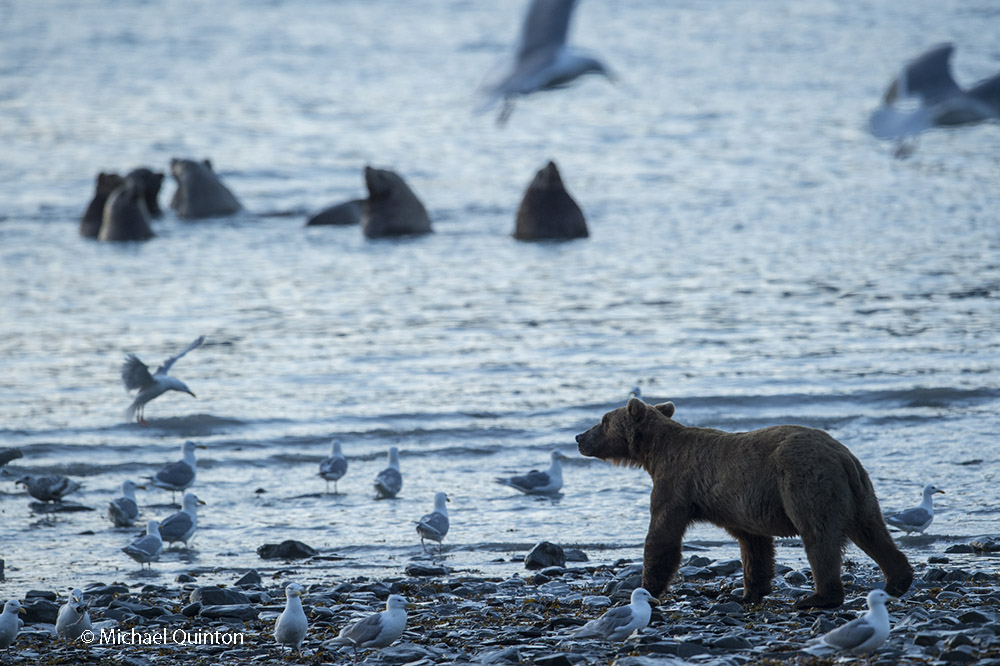
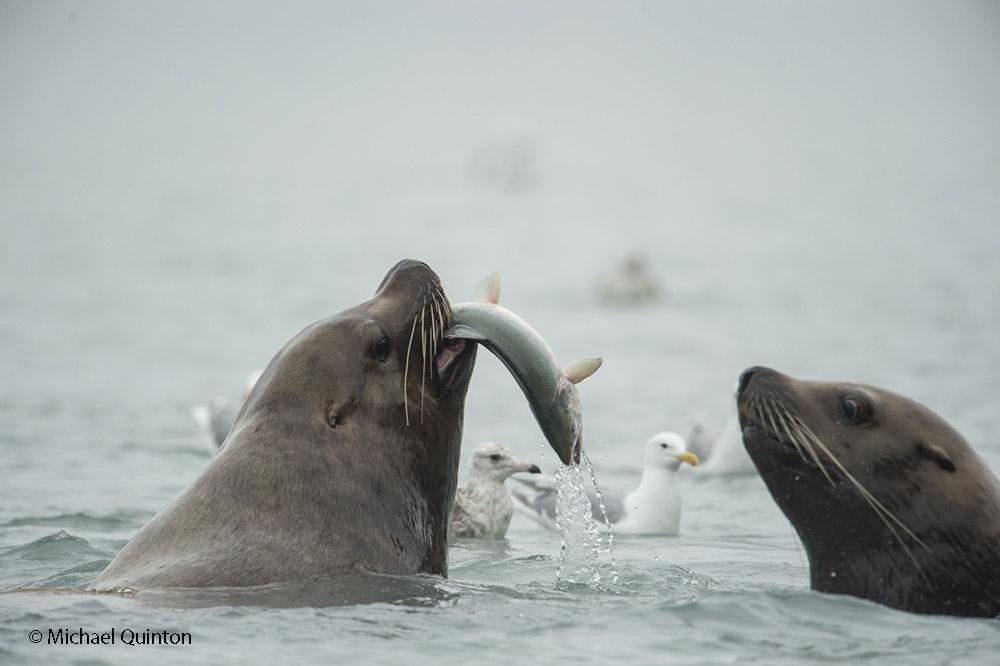
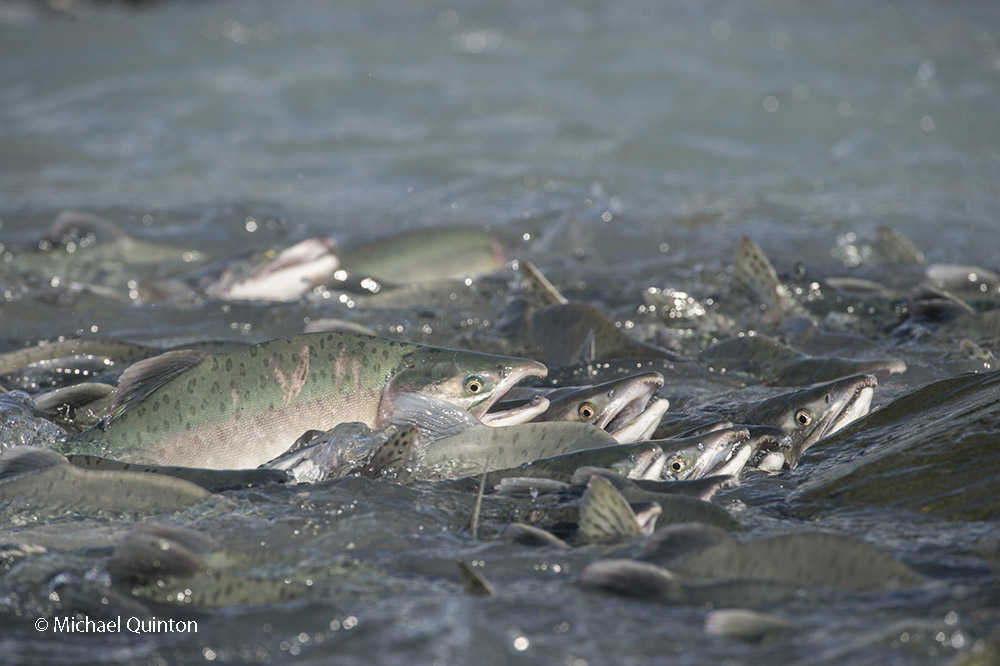
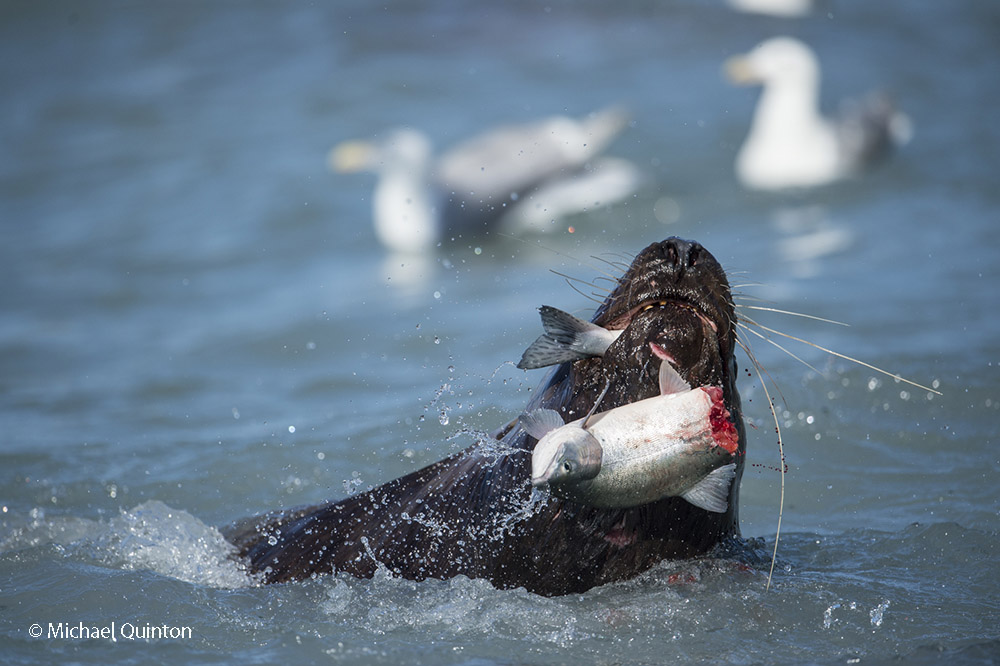
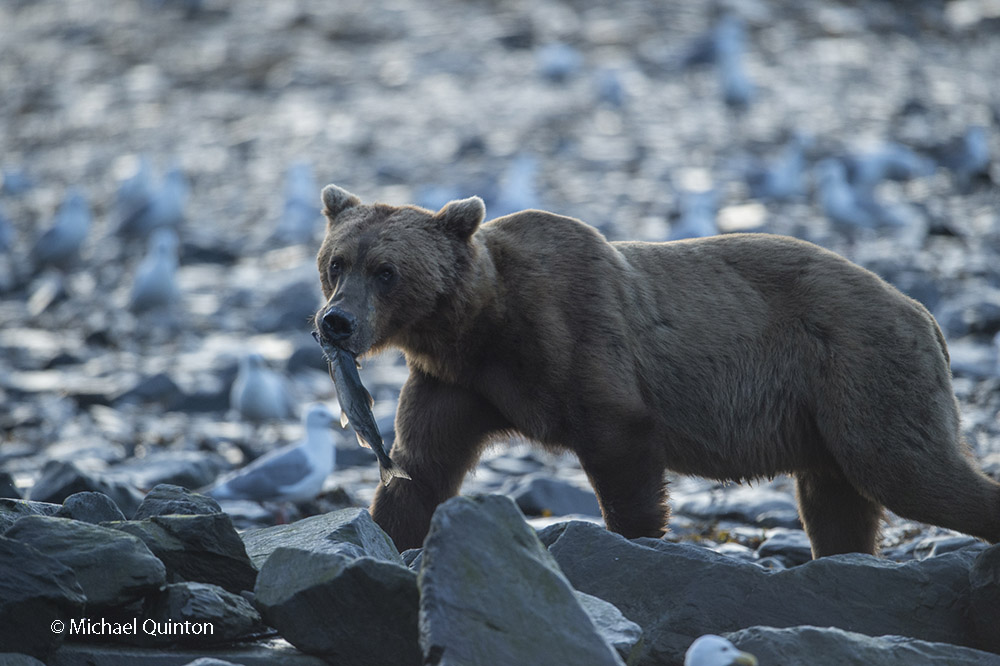
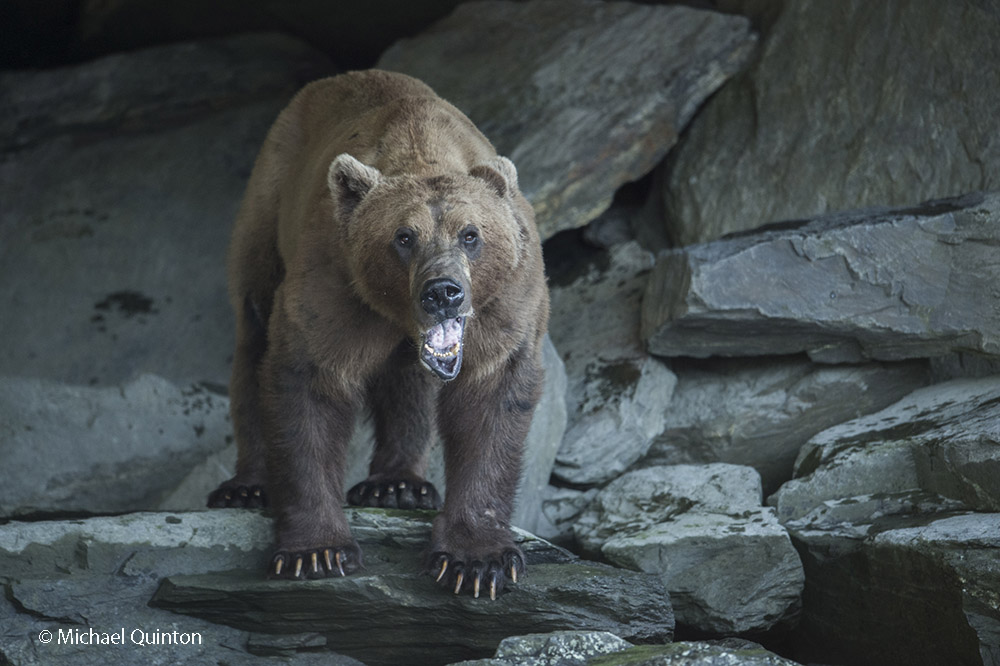
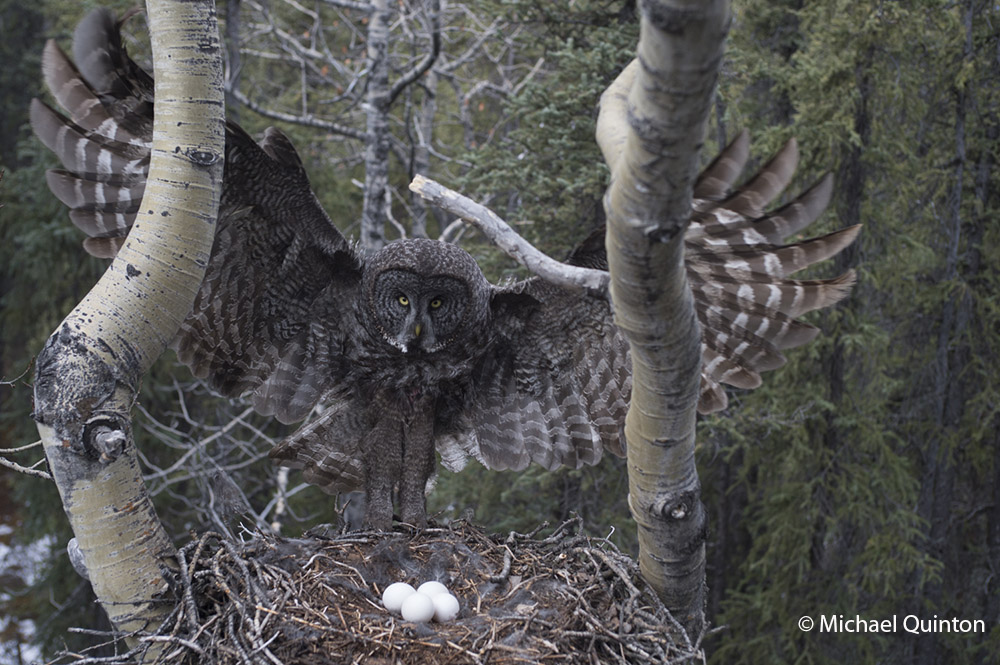
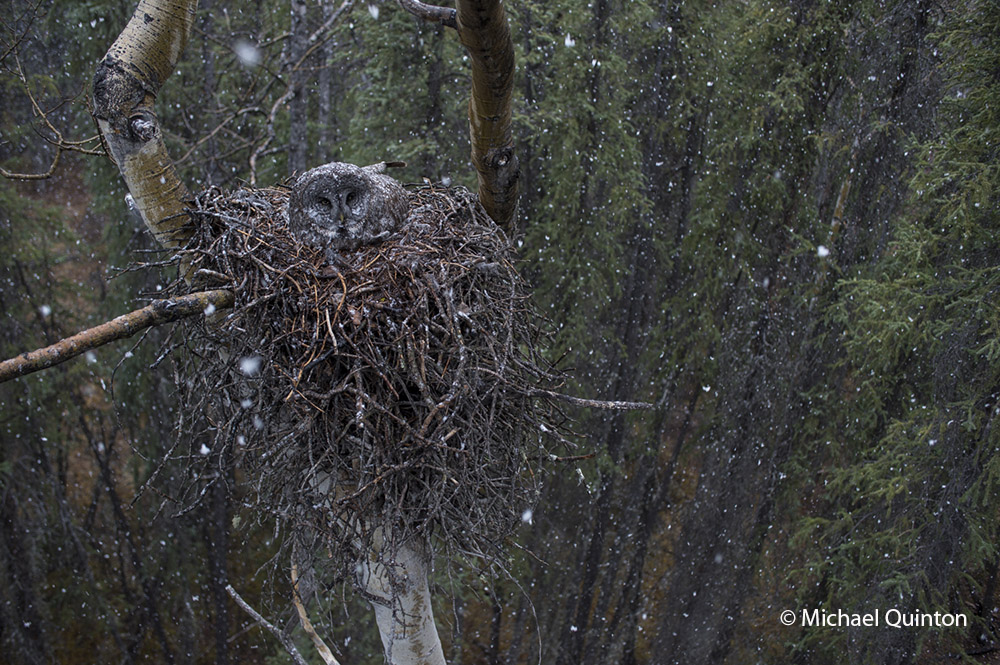

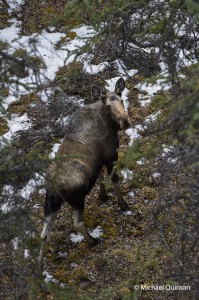
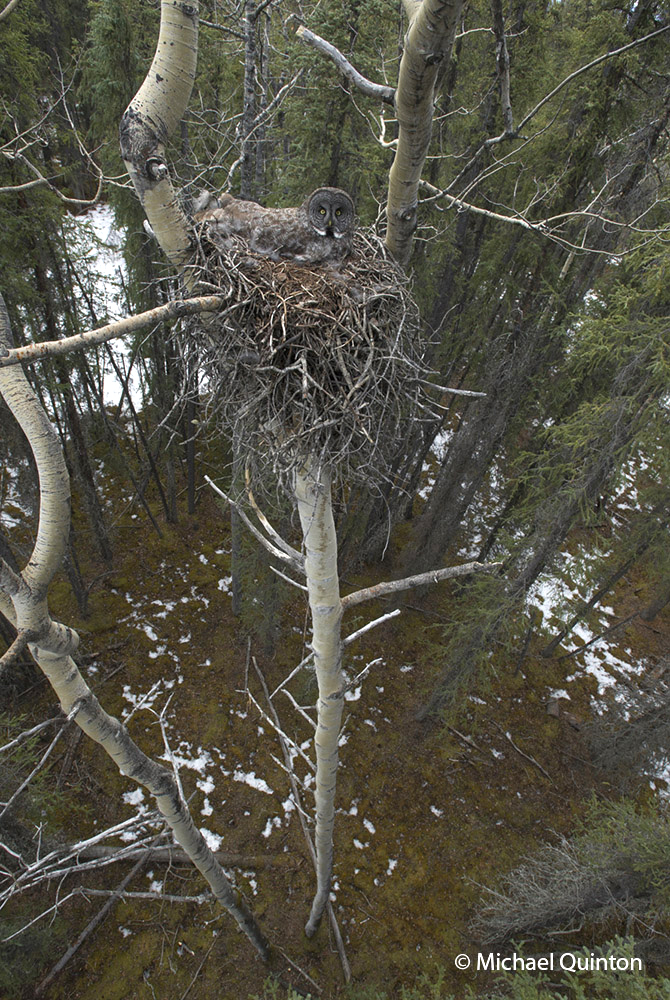
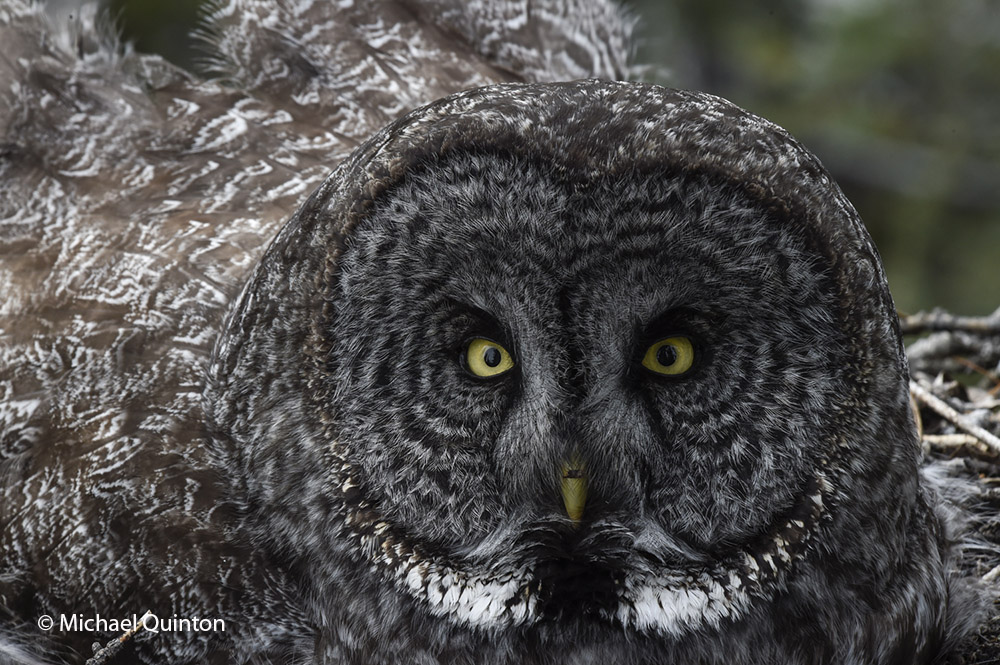
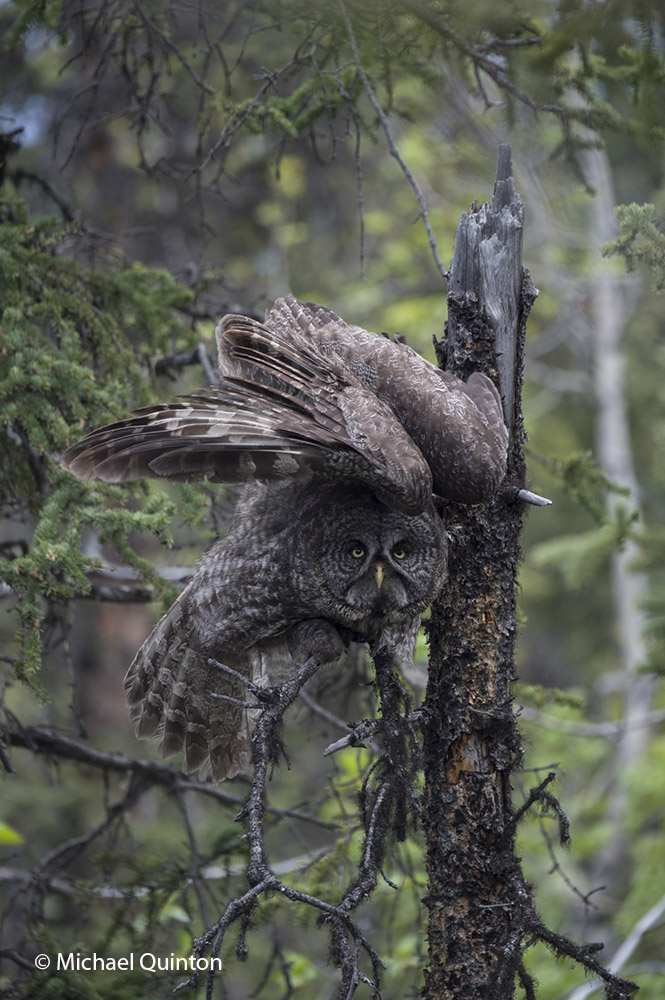
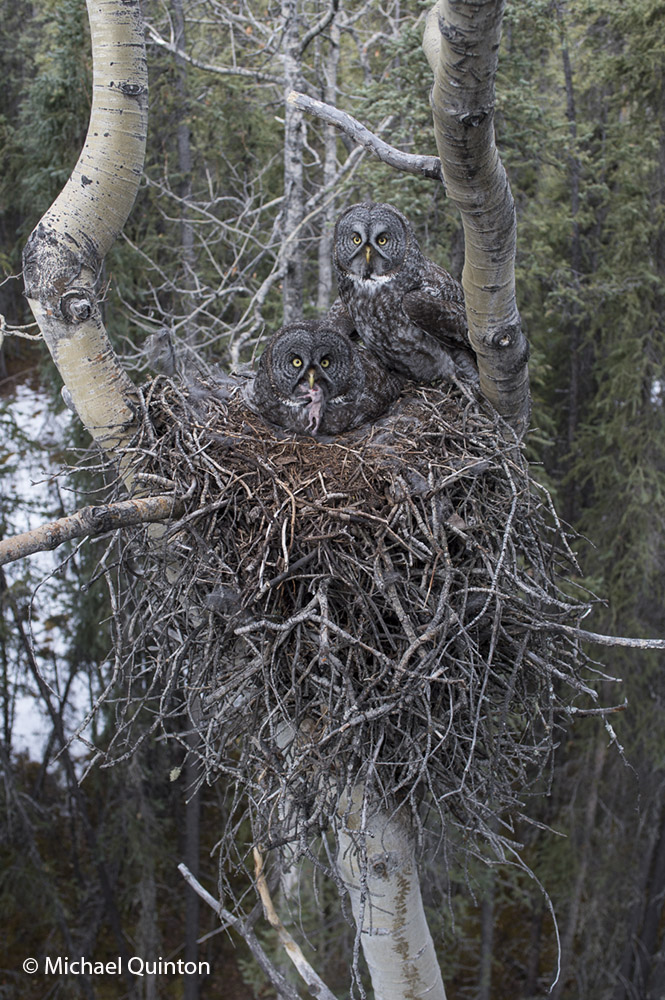
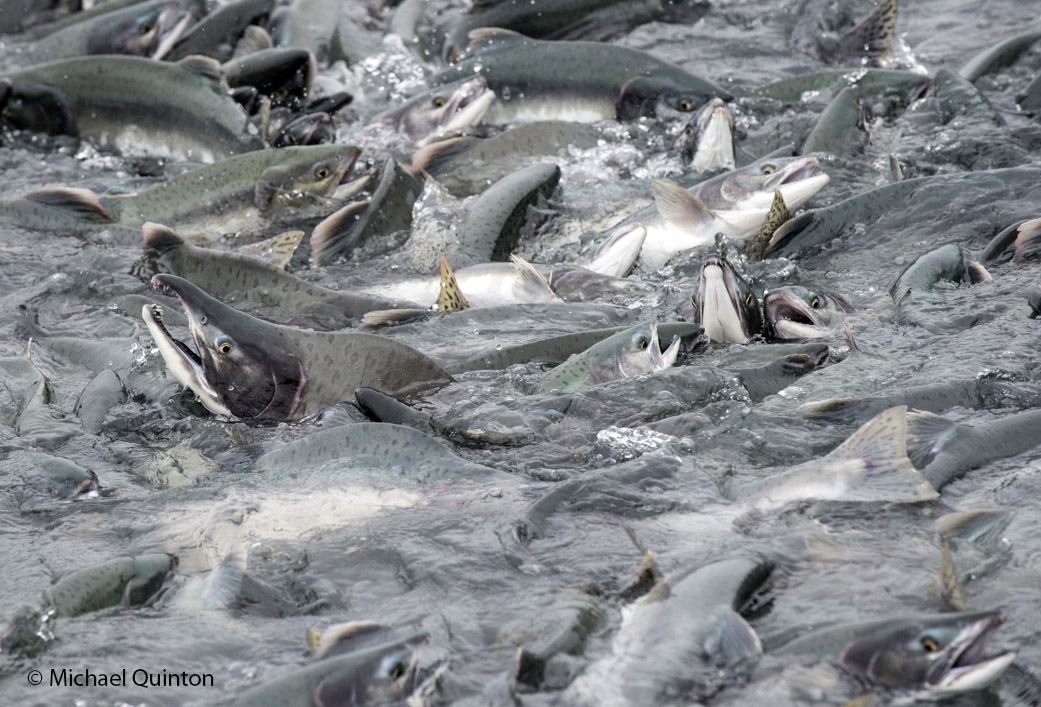
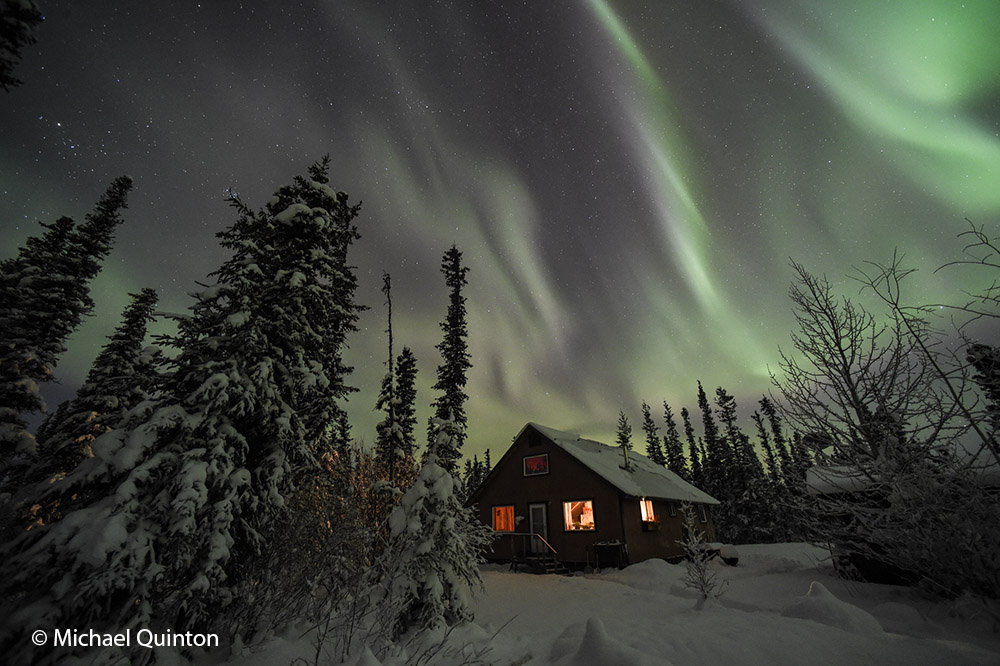 Our home in the wilderness.
Our home in the wilderness.